I have the Granberg File-n-joint but have some questions about filing in general. Per the Oregon box I am to use a 7/32 file, which I did.
My question is how to you know how high the file is to be above the cutter. I have read 1/5 or 1/10th of the file above the tooth, but when I set the file to what I think that is, based on pictures I have seen, the file makes a 'dip' in the gullet.
I didn't think having that dip was correct, so I raised the file up so the gullet would have the flat bottom that it does now, or at least real close to flat. So any suggestions or pictures/illustrations that you guys have the would help me on how the file sits in the tooth. I did see some pictures but for the file to sit the way they showed it it would have to be a smaller file.
Anyway, here is some pictures of the setup and of some teeth I did. Let me know if you see any major issues. The last four I think are the way it should look after sharpened, but I have never done it, so I am not sure.
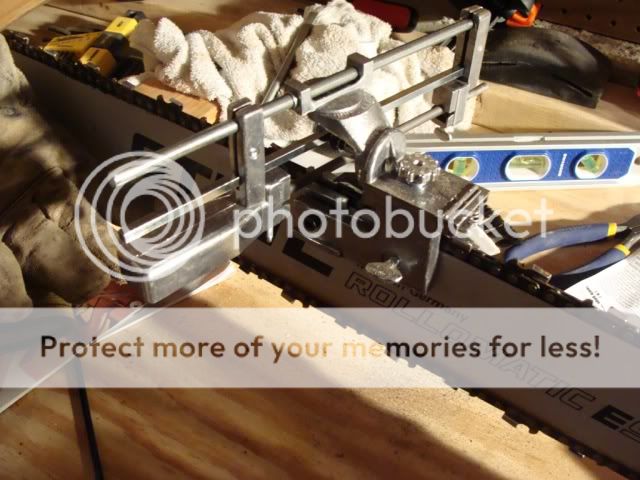
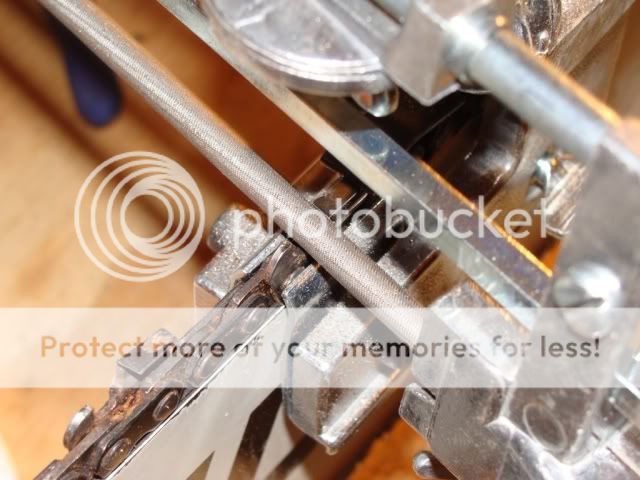


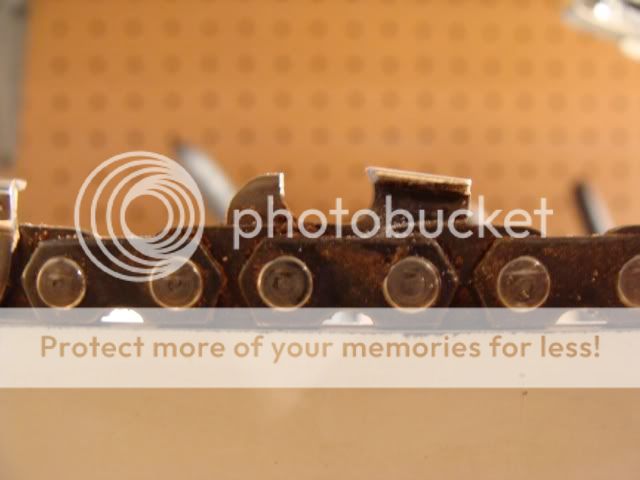
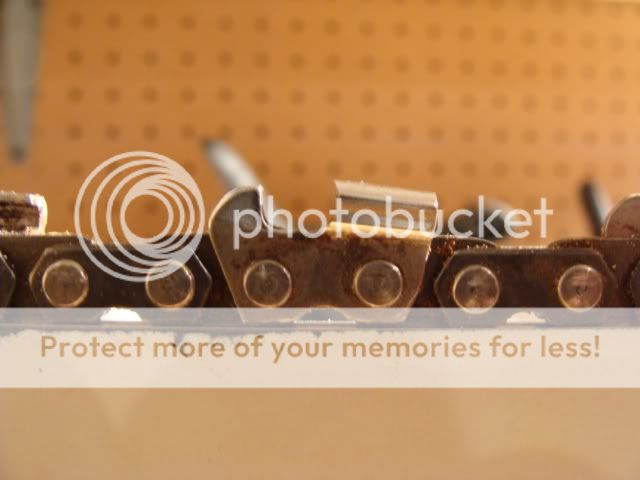
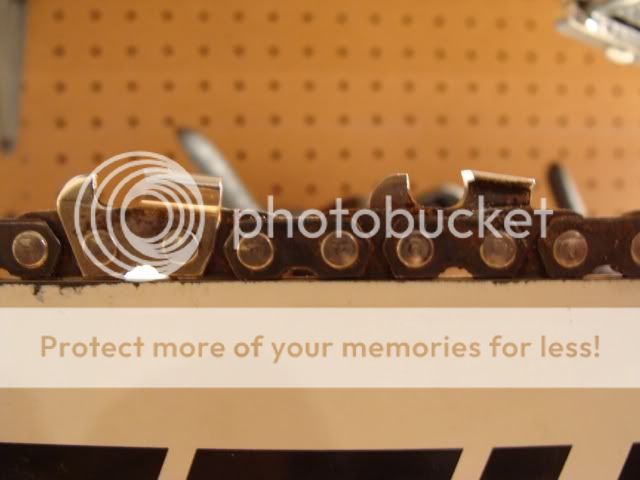
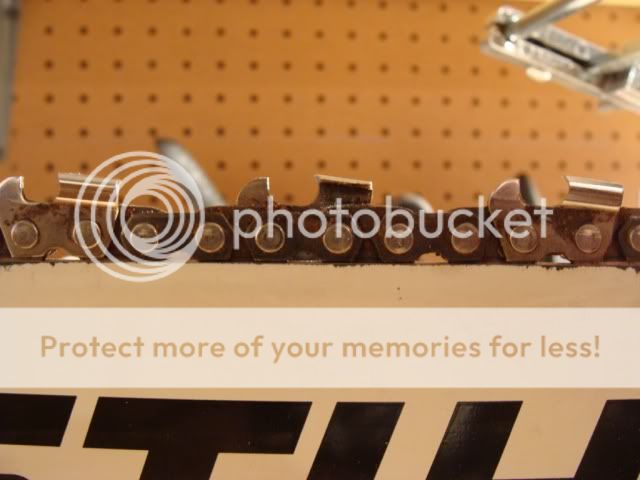
My question is how to you know how high the file is to be above the cutter. I have read 1/5 or 1/10th of the file above the tooth, but when I set the file to what I think that is, based on pictures I have seen, the file makes a 'dip' in the gullet.
I didn't think having that dip was correct, so I raised the file up so the gullet would have the flat bottom that it does now, or at least real close to flat. So any suggestions or pictures/illustrations that you guys have the would help me on how the file sits in the tooth. I did see some pictures but for the file to sit the way they showed it it would have to be a smaller file.
Anyway, here is some pictures of the setup and of some teeth I did. Let me know if you see any major issues. The last four I think are the way it should look after sharpened, but I have never done it, so I am not sure.


































































 which I'll be reporting on later tonight.
which I'll be reporting on later tonight.